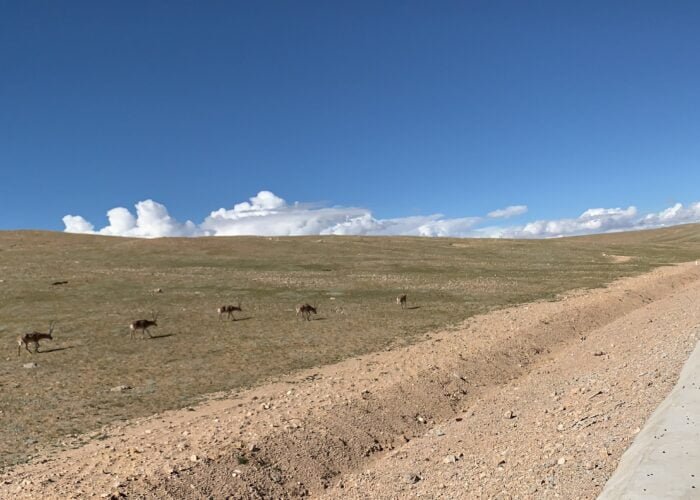Nakchu, located in northern Tibet, is a region that offers a glimpse into the rich tapestry of Tibetan nomadic life. Situated 338 kilometres north of Lhasa, Nakchu holds a pivotal position at the convergence of three major highways—the Qinghai-Tibet Highway, the northern segment of the Sichuan-Tibet Highway, and the Heihe Highway.
This strategic location has endowed Nakchu with a robust transportation infrastructure and a terrain that stands out for its uniqueness. Nakchu’s allure is further enhanced by the presence of the ruins of the ancient Shang-Shung culture, the serene Bon monastery, and the pastoral existence of shepherds in the Nakchu mountains.
Nakchu’s Historical Significance
The name “Nakchu” has its roots in the Nakchu River, the headwaters of the Nujiang River. In earlier times, this river was known as the Black River. Today, Nakchu is often referred to as Nakchu Prefecture, with the Nakchu Prefectural Committee and Nakchu Prefectural Administration having their seats in Nakchu City. The historical underpinnings of Nakchu add layers of significance to this region.
Nakchu’s Geographical Features
Nakchu’s geographical location is a pivotal aspect of its identity. Its position at the crossroads of major highways makes it a vital hub for transportation. Visitors to Nakchu are greeted with an excellent transportation infrastructure that facilitates their exploration of the region’s unique terrain.
Cultural Attractions in Nakchu
Nakchu’s cultural wealth is a major draw for visitors. The ruins of the ancient Shang-Shung culture offer a fascinating glimpse into Tibet’s historical heritage. The Bon monastery, known for its tranquillity and spiritual significance, provides a serene escape from the hustle and bustle of modern life. Meanwhile, the pastoral life of shepherds in the Nakchu mountains offers a deeper connection to the traditions and customs of the region.
Nakchu as a Political and Economic Center
Nakchu is not just a cultural treasure trove; it also serves as one of the most important political, economic, cultural, and commercial centres in Tibet. Beyond this, it plays a critical role as a collection and transportation centre for a wide array of products, including animal goods, minerals, and agricultural and forestry products from the region.
Exploring Nakchu City
Nakchu City serves as the administrative heart of the region, housing the Nakchu Prefectural Committee and Nakchu Prefectural Administration. This city offers a gateway to the wonders of Nakchu. Nakchu boasts excellent transportation facilities, ensuring that travellers can easily access its various attractions and enjoy a seamless journey. The role of Nakchu as a hub for trade and commerce cannot be overstated. The region handles a wide range of products, contributing significantly to the local economy.
Cultural Significance
Nakchu’s cultural significance is embedded in its historical sites, monasteries, and the preservation of traditions that have withstood the test of time. The natural beauty of Nakchu, with the serene Namtso Lake and the vast Changtang plateau, provides an enchanting backdrop to the region’s cultural heritage. The daily lives of local shepherds are intimately connected to the landscapes of Nakchu, offering a unique perspective on this region’s way of life.









